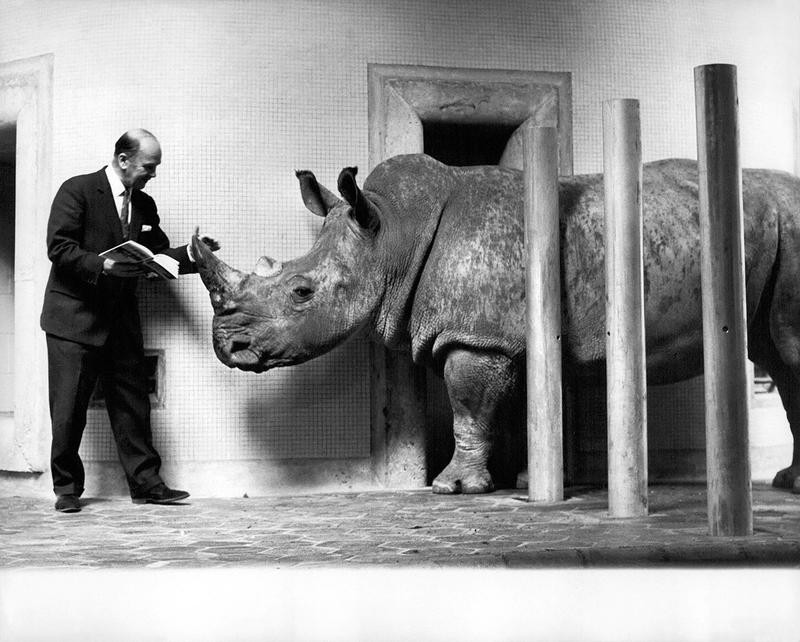The Illustrated Press and the British Conservationist Movement
Since the first half of the 20th century, the British conservationist movement has made extensive use of photography to raise awareness, mainly in the West, of the disappearance of wildlife in Central and East Africa, the areas where the British Empire exercised its colonial control. During the 1960s, the movement experienced wide-reaching change, driven by geopolitical factors with the end of colonisation, institutional factors with the creation of international wildlife conservation organisations (WWF), and media factors with the mass production of wildlife reports both for television (BBC, ITV) and the illustrated press. The monthly magazine Animals (1963–83), the heart of the British animal and environmental protection elite, casts remarkable light on this mesh of political, relational and iconographic considerations, at a time when animal photography was itself used for contradictory uses (ethological, advertising, recreational, etc.), often in publications supporting the animal cause.

Le premier rapport du Fonds mondial pour la nature lu à un rhinocéros blanc par le naturaliste Peter Scott, Zoo de Londres, 9 septembre 1965. © Keystone Press / Alamy Stock Photo
Vincent Lavoie is Professor of Art History at the Université du Québec in Montreal. His books include L’Affaire Capa. Le procès d’une icône (Éditions Textuel, 2017) and Trop mignon! Mythologies du cute (PUF, 2020). In collaboration with Thierry Gervais, he has just published Facing Black Star (RIC Books/MIT Press, 2023), a collective work devoted to the investigative methodologies applied to photographic press archives.
Keywords: wildlife protection, animal photography, colonisation, illustrated press, Julian Huxley, WWF
Citation: Vincent Lavoie, « La cause animale par l’image. Presse illustrée et mouvement conservationniste britannique », Transbordeur. Photographie histoire société, no. 8, 2024, pp. 90-99.